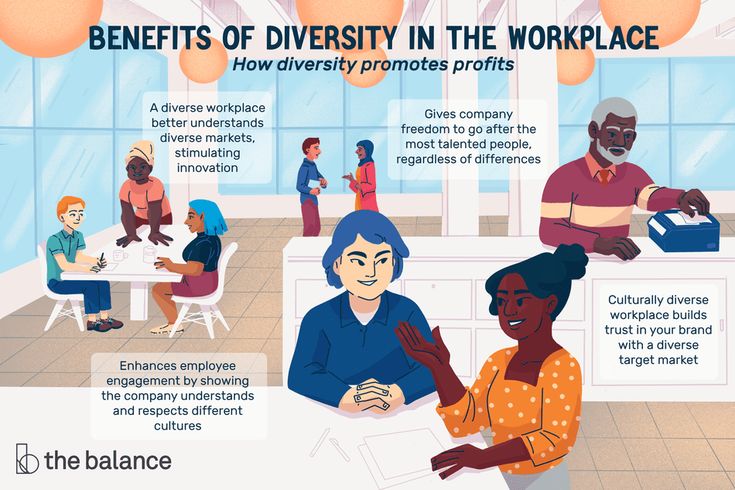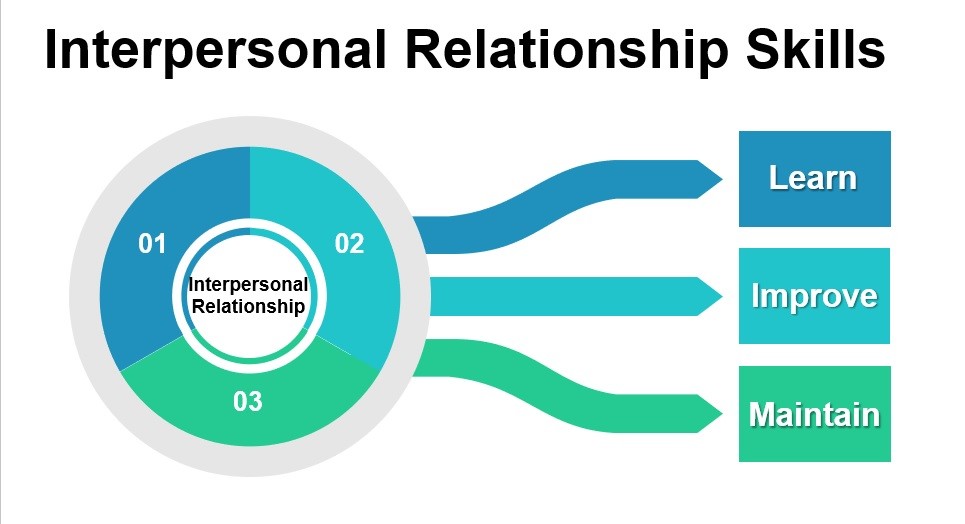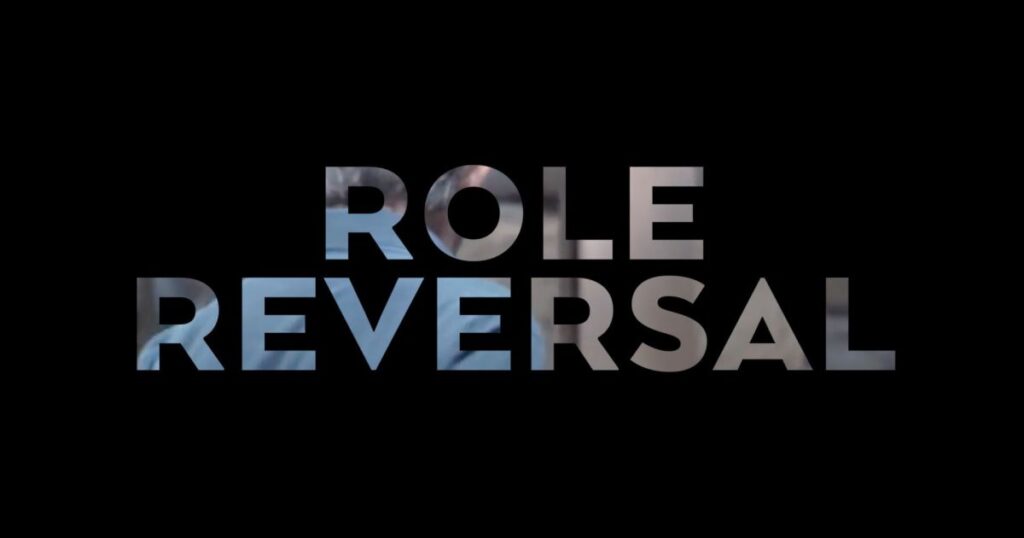Segment to sell
If marketing tactics are well-designed and executed, India’s diversity could present plenty of chances. Regrettably, a number of corporations have failed to appreciate the complexities of Indian consumer behaviour, and as a result, their products have bombed on the market.

Market segmentation is a significant strategy for managing markets and building brands. Two case studies show how improper segmentation has resulted in errors. As a result, companies that have attempted to enter India have either failed or took a long time to succeed.
First and foremost, automobiles. Due to a lack of effective market segmentation, the majority of cars were released in the mid-size class. The mid-size segment was soon clogged with vehicles such as the Daewoo Cielo, Opel Astra, and Ford Escort, among others. The mid-size market is a small one, and there were few takers. Today, most of these businesses are unable to meet even a quarter of their targets, resulting in excess inventory. They are now compelled to offer steep discounts and urgent promotions.
The focus would have been on small-size automobiles, which are generally affordable and make up the largest and fastest-growing market, if proper segmentation had been done. The success of Maruti 800 and Zen is proof of this. People took a long time to realise the fallacy of segmentation. As a result, automakers are rushing to the small car category, which is once again challenged by excess capacity and could result in price wars.
There would have been another brand to challenge the Maruti 800 and Zen monopoly long ago if effective segmentation had been used, and that brand would have earned significant sales and market share.
There are a few automotive brands that are doing well. Take, for example, Zen. It is popular due to its better appearance, more leg room than the Maruti 800, and better technology inputs. This vehicle is appropriate for a certain market.

The Zen’s positioning has been targeted at a market segment specified by the usage criteria. Usage segmentation is a potent weapon in the marketing arsenal. Customers looking to upgrade from a Maruti 800 or who want a mix of beauty and mobility for everyday use will find the Zen to be a very appealing alternative. As a result, at a time when the auto industry is struggling, the Zen appears to be doing better, owing to its segmentation by usage—kids can be dropped off at schools; it’s decent enough to drive to work; and it’s even comfortable enough to drive down to an informal party.
Companies can often track consumption patterns and categorise the market based on usage.
Let’s look at another example of a recently introduced beverage that used consumption as a criterion for segmenting its market, resulting in a large number of trials and healthy repeat purchases. Fosters beer is now available in pint-sized bottles in addition to the bigger pack sizes. The bottle’s shape and size are aimed towards young, trendy, light drinkers who regard beer to be a part of their lifestyle. San Miguel and San Miguel have both been released in the same size.
Smart Faucet for Kitchen
This particular pack size, which is convenient, shapely, and international in appearance, has gained a lot of traction among light-users, in my opinion. In terms of segmentation, the usage pattern is associated with activities like as bowling, as a short accompanying drink, or even as a stylish adolescent drink in which holding the Fosters bottle transports young customers to a different way of life and minority. Of course, there are various uses, as well as the fact that it is a low-cost product. It also helps because of the size.

Because the usage segment is defined by the light, young, stylish user who apes the West, a portion of the young women segment also falls into this category. Focusing and picking precise usage criteria for segmenting the market helps improve trials and market share in both autos and newly launched brews.
A defined segmentation plan would help launch, increase, or even maintain market shares and profitability as the industry gets more competitive, whether in cars or beer. If a product is not segmented and is marketed to everyone, it is most likely marketed to no one. Any brand could be on the verge of extinction as a result of this.
Questions
1. What criteria were utilised to divide the market into segments?
2. “To reach target markets, market segmentation is critical.” Comment on the above-mentioned case’s context.
Other Related Topics
- How to Solve a Case Study or Analyse a Case?
- Case Study / Analysis on Communication : Case 1
- Case Study on Co-ordination: Case 2
- Case study on Selection : Case 3
- Case study on Role Reversal : Case 4
- Case study of a Controversial Person : Case 5
- Case Study on Co-ordination: Case 6
- Case Study on Punishment and Discipline: Case 7
- Case Study on Personal Conflicts: Case 8
- Case Study on Human Aspects of Personnel – Case 9
- Case Study on Inter-Personal Relationships- Case 10
- Case Study on Schemes : Case 11
- Case Analysis on sales : Case 12
- Case Analysis on Diversity : Case 13
















